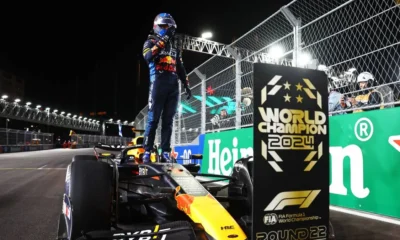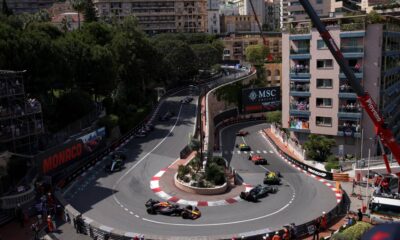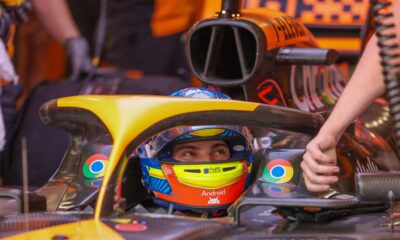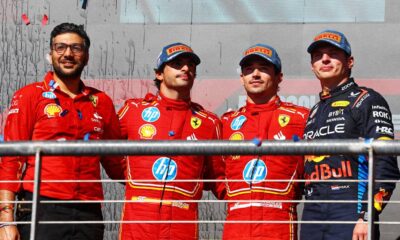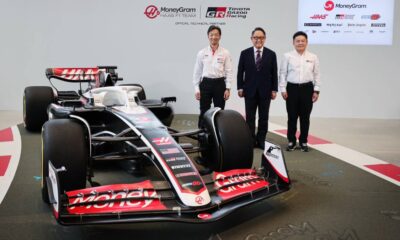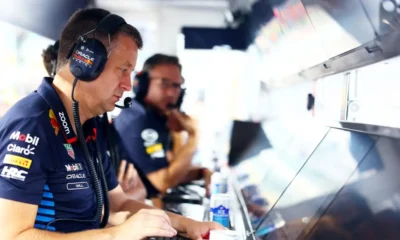Motorsport
Pirelli will bring a trio of the softest C3, C4 and C5 compounds to Baku. What strategies will the teams choose for the Azerbaijan GP?
The next stop of Formula 1 will again be the city circuit. From the traditional, history-steeped Monaco, the teams will move to one of the youngest F1 circuits in Baku, the capital of Azerbaijan. And Pirelli will be bringing the softest tyres, just as they did for the last Monaco VC.
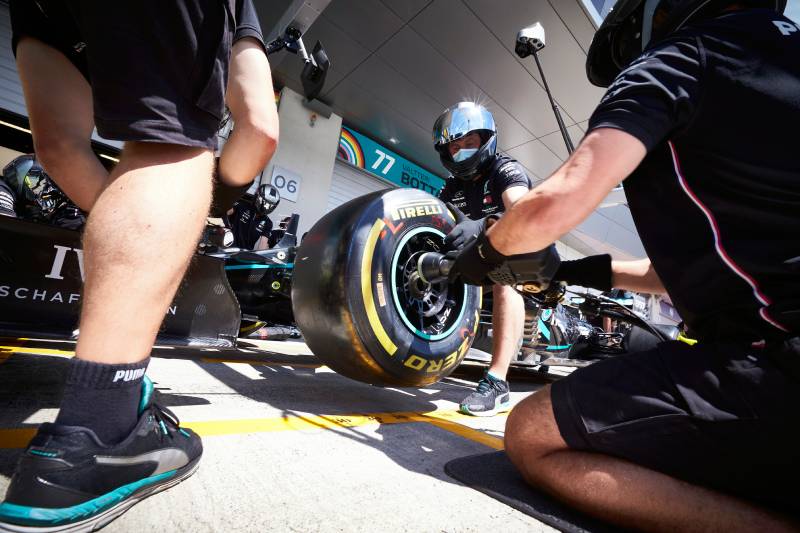
The next stop of Formula 1 will again be the city circuit. From the traditional, history-steeped Monaco, the teams will move to one of the youngest F1 circuits in Baku, the capital of Azerbaijan. And Pirelli will be bringing the softest tyres, just as they did for the last Monaco VC.
The circuit on the shores of the Caspian Sea was the fastest on the calendar until the opening of the circuit in Jeddah, and Valtteri Bottas in a Williams car still holds the unofficial Formula One record here, 378 km/h. Pirelli will be bringing the softest tyres, just as they did for the last VC of Monaco.
One of the fastest races in F1 is being run on the streets of the booming Azerbaijani capital of Baku on the banks of the Caspian Sea.
The Azerbaijan Grand Prix is characterised by its long straights, where monoblocs reach breathtaking speeds – at the very first race here in 2016, Valtteri Bottas reached 378 km/h, still the unofficial Formula 1 speed record.
Long straights alternate with extremely narrow and technical sections, especially around the famous Turn 9 in the historic city centre.
So instead of the high downforce set-up typical of Monaco, teams are opting for low or medium downforce for the Baku circuit to balance the need for grip in the sharp corners with the high-speed aerodynamics that allow overtaking on the straights.
The weather here tends to be hot as expected, with track temperatures often exceeding 50 degrees. However, in the tight sections between the buildings, heat and shade alternate, which also means highly variable track temperatures.
Pirelli, the exclusive tyre supplier for F1 racing, will once again bring the softest tyres in its range – the hard P Zero White will use a C3 compound, the medium P Zero Yellow will be C4 and the soft P Zero Red will use a C5 compound.
That’s the same choice as at Monaco and as at last year’s Grand Prix. However, the compounds and tyre construction are obviously all new for 2022, including a new 18-inch size. Last year, the winning strategy was a single pit stop (even though the race was interrupted by a red flag towards the end, which may have affected the strategy).
Most teams started on soft tyres and switched to hard tyres, with the cars wearing soft tyres again for the final three-lap sprint to the finish after the race was abandoned. Last year, however, the rule was still that the same tyre had to be used at the start as on the fastest lap of Q2, so the strategy may be different this time.
“Before the circuit in Jeddah opened, Baku was the fastest track of the year. Still, the demands on the cars here are relatively low. Thanks to the low friction and limited lateral overload, no corner puts a high energy demand on the tyres – so we can use the same tyres as in Monaco,” explains Zdeněk Vacl, Pirelli’s Marketing Director for the Czech Republic.
“However, the high speeds on the Azerbaijan circuit do place certain demands on the tyres. The main issue here is traction, and it is a big challenge for all the teams to find the right balance between the front and rear axles. You need the front tyres to be warm enough for grip, but the long straights cool them down,” he continues.
“At the same time, you must not overheat the rear tyres, which can overheat in the technical passages. Baku also has very fluctuating track temperatures, which makes this circuit quite specific with some technical challenges that are the same for everyone,” he concluded.
Source: Pirelli

